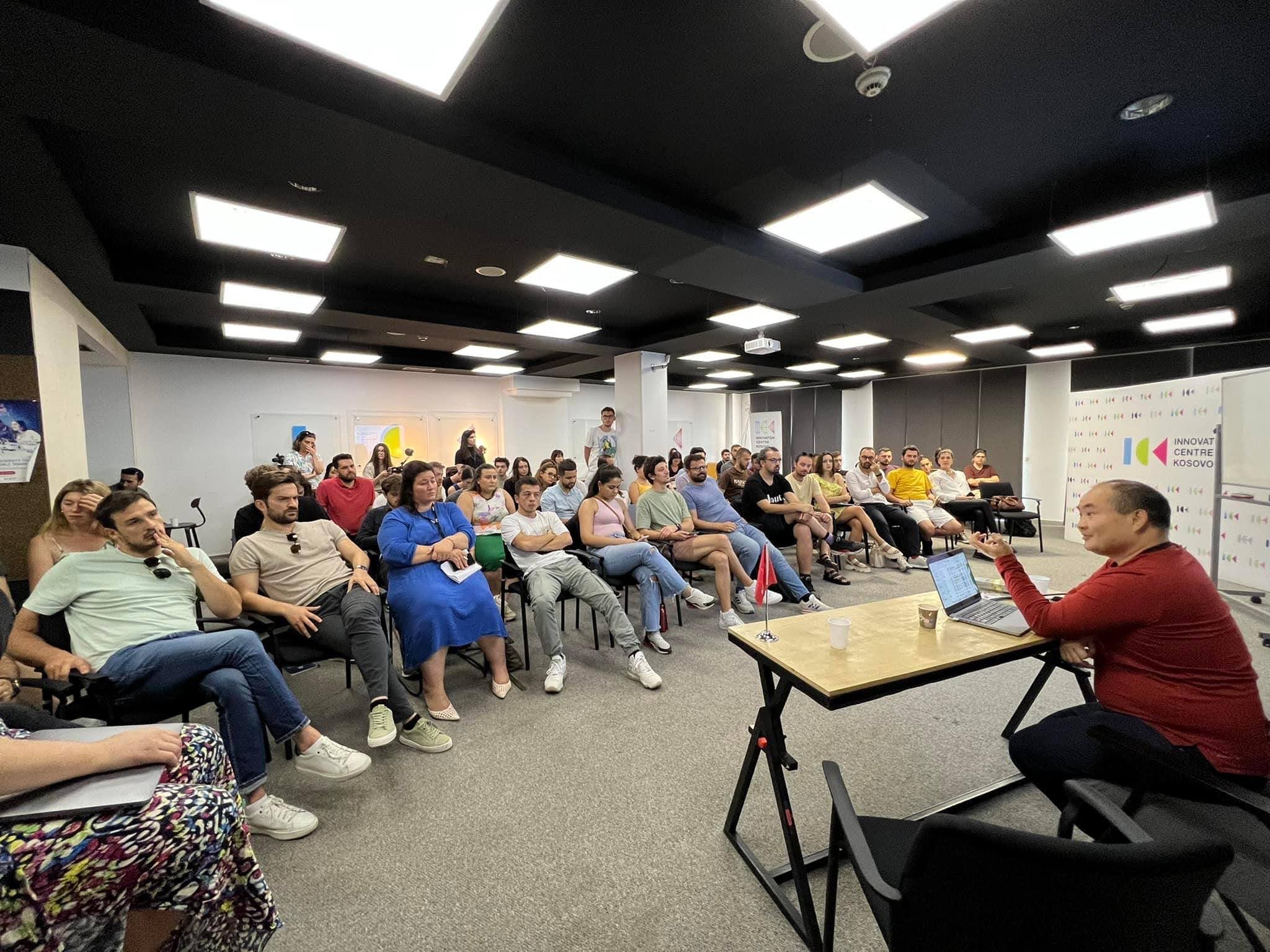Running a Client Call
Scheduling a Call
Client calls are usually set forward in the proposal. We should make better use of the Docs and Files section to place the proposal/SOW, GCT, and an access document into each project we start.

Before the Meeting
Preparing for the Meeting
You will have researched all of these people on LinkedIn, Facebook, and Twitter, and you will have connected with them. You will have looked at news that has happened to their company, and loosely know the attendees’ likes and dislikes. When you have all of that, you know you can come to the meeting.
Show up to that meeting five minutes in advance. Never show up after the client. Have the materials ready. Be in a place that has solid WiFi and make sure that you have everything open in advance so there’s no fumbling.
If you’re not sure how to present or haven’t presented before, practice with other people. If there’s enough time, join Toastmasters to learn how to speak with no “ums”, and then you’ll be able to deliver a great presentation.
During the Meeting
During the meeting, you want to take notes. If meeting in person, have a notebook and some paper. Don’t have your laptop open or your phone on the desk. Give full attention, eye contact, and the same level of respect if it’s a WebEx meeting or virtual meeting, where you can’t be typing emails or doing other stuff while the client is talking.
You want to have the call be as short as possible. People expect most calls to last an hour, but we think most calls can last 30 minutes if you follow this framework.
You lay it out in the beginning: discuss the agenda, introduce everybody, and briefly go through the items you are going to cover and what the decisions are. The executive summary is the most important part because this is the information the senior people see if it’s a bigger company.
After the Meeting Checklist
- Double-check notes for spelling and grammatical errors. Relay the
notes to the client. - Update everything the same day. (We post into our Basecamp.)
- Add the follow-up items (also called “action items”) to a to-do list and share it.
For correspondence outside of the scheduled meetings:
- Email vs. Phone call – This needs to be gauged depending on the dynamics within the client’s organization. For example, if they reached out to you via email, copying their manager or CMO, you generally want to reply to the email thread, as compared to when a client POC or team lead reaches out; then you might want to take it offline for a quick conversation.
- Scheduling responses – In normal cases, one business day is acceptable unless there’s an issue. You generally do not want to be replying in the middle of the night as that might convey a negative image. Scheduling your responses ensures that they do not see you sweat and, at the same time, gives you some breathing room to do your research and get composed before replying
